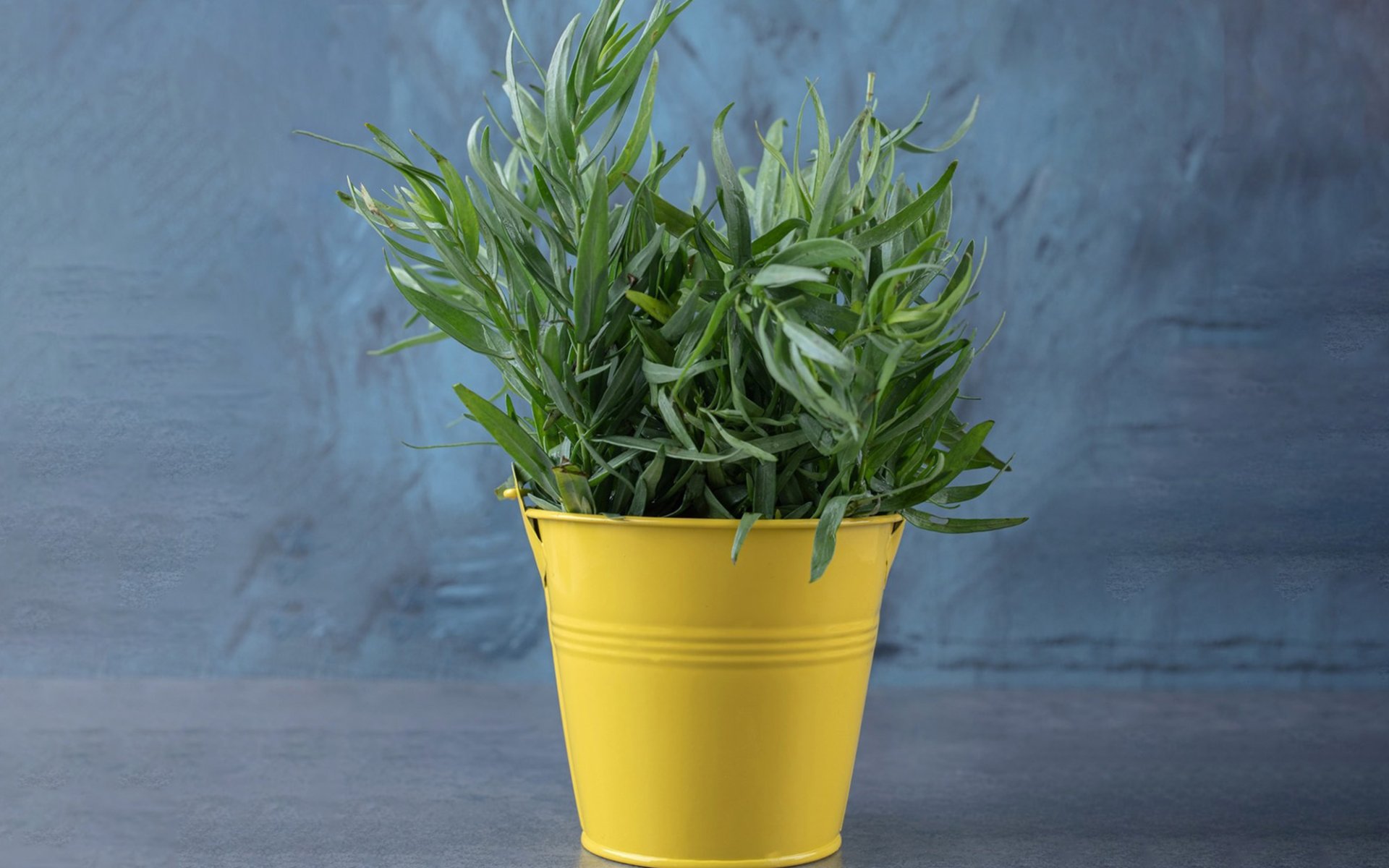Tarragon

French cuisine is renowned for its sophistication, delicacy, and culinary excellence, earning it the title of the most influential cuisine worldwide. A crucial element contributing to the distinctiveness of French food is the masterful use of spices and herbs in seasoning.
France places great importance on spices and herbs in its cooking. There are four herbs that the French consider supreme, and among them is Tarragon, which is ranked as the number one herb and celebrated as the King of French Herbs. Following it are parsley, chives, and chervil. These herbs all play a significant role in enhancing the flavor, aroma, and overall culinary experience.
Origin and Unique Characteristics of Tarragon
Tarragon was first discovered in the regions of Mongolia and Siberia centuries ago, before being introduced to the French in the 16th century. In France, tarragon is known as Estragon and is widely used for its distinctive aromatic scent and a flavor reminiscent of star anise, fennel, and licorice.
Versatile Applications: From Savory to Sweet and Beverages
The French admire and elevate tarragon as one of the primary herbs in their kitchens due to its versatile properties, used in both fresh and dried forms. Fresh tarragon is commonly mixed into salads, layered in sandwiches, or incorporated into stews, soups, omelets, frittatas, quiches, and deviled eggs. Beyond savory dishes, tarragon is also popular in desserts like fruit sorbets, tarts, pies, and ice cream, and used as an ingredient in beverages such as cider and soft drinks. Dried tarragon typically has a more concentrated aroma and flavor than its fresh counterpart, making it popular for brewing into tea for health benefits, as well as for masking gamey odors in meats like pork, beef, lamb, and poultry.
In France, tarragon is a key ingredient in the dish Poulet a l'estragon, and it is also a main component of Béarnaise sauce, a famous French sauce. This sauce was created in 1836 by Chef Jules Collinet and was named in honor of Béarn, a region in France that was the birthplace of the famous King Henry IV.
Medicinal Properties and Ancient Beliefs
Historically, tarragon was highly valued for its abundant medicinal properties. It was believed to aid in digestion, alleviate toothaches, and help reduce sleep disorders. Additionally, ancient legends claimed that tarragon possessed magical powers to ward off evil spirits and repel snakes.
Tarragon Today: Culinary, Medicinal, and Ornamental Use
Today, tarragon has been introduced to many continents worldwide and continues to be used in the cuisines of various cultures, including French, Russian, Mediterranean, and Asian. In Asian cuisine, fresh tarragon stems and leaves are commonly steamed with meats like fish and chicken to enhance their aroma. But beyond its culinary and medicinal uses, tarragon can also be cultivated as an ornamental plant because its flowers are beautifully yellow and it can thrive in Thailand's climate.
You can find both fresh and dried Tarragon at all Rimping branches.


